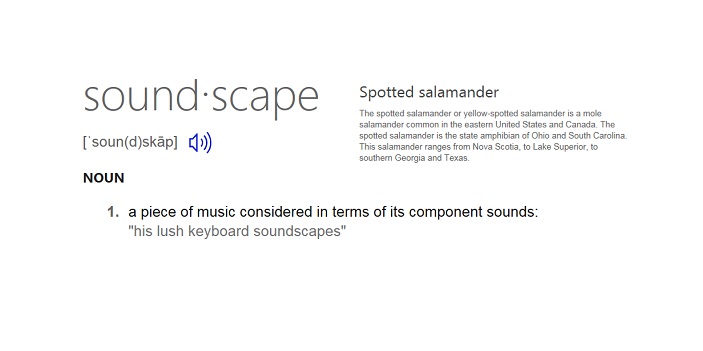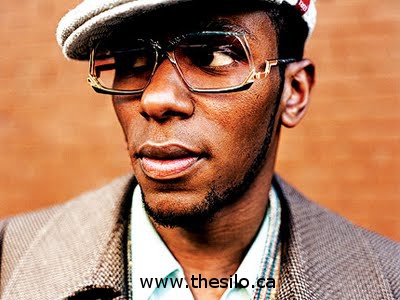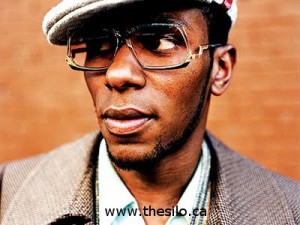Vogue- Madonna. Girls Aint Nothing But Trouble- DJ Jazzy Jeff & The Fresh Prince. Garage Palace- Gorillaz & Little Simz. Pump Up The Jam- Technotronic. Take Me Home 2016 Remaster- Phil Collins. Hunter- Bjork. Revolution 909- Daft Punk. Purple Hearts- Kendrick Lamar w Summer Walker & Ghostface Killah. What do all of these hit songs (and many more) have in common?

“The Roland TR-909 Rhythm Composer is an iconic drum machine powerhouse that’s defined genres and ignited dance floors since its debut. Known for its instantly recognizable punchy classic drum sounds, the TR-909 delivers that quintessential rhythm that has shaped techno, house, acid, and beyond.” Tone Tweakers.
To say that the 909 is a versatile instrument is an understatement.
Creatively transformed into distinct and unique sonic identities by adding interesting studio effects to its sound samples and through different methods of programming tracks, the differences between rhythm styles and drum sounds between hit songs is amazing .
The drums in Phil Collins’s “Take Me Home” are characterized by a powerful and distinctive gated reverb effect on the snare, creating a dense, atmospheric rhythm that drives the song.
“The laid-back vibe of “Purple Hearts” compliments the snappiness of the vintage TR-909 sound. The drums help carry the smooth groove throughout the song, and the cymbals add some sparkle and shimmer to an otherwise tight percussion sound.” Native Instruments.

909 sighting. Fat Boy Slim’s “You’ve Come A Long Way Baby” liner notes.
The TR-909 drum machine was created in 1984 by the Roland Corporation. Forty years later, it is still a highly sought after drum machine commanding a serious amount of purchase money. For perspective, the cost for the 909 in 1985 was $1,095 usd ($3,502 usd allowing for inflation) but has appreciated substantially in value since then- the 909 regularly sells for double this amount or more, not surprising since it is renowned for its iconic analog drum sounds which have become staples in electronic music genres such as techno, house, and acid. The TR-909’s distinctive sound and easy-to-use interface have made it a classic piece of equipment, shaping the sound of countless tracks and influencing generations of musicians and producers.
Attack of the 500$ Clone
“Great care has been taken in designing the RD-9 to achieve new possibilities in beat creation by reviving a timeless design from one of the most classic drum machines of yesteryear. By taking a fresh and modern approach on a classic drum machine, the RD-9 gives you the power to harness the phenomenal sound of the venerable TR-909 and tap into some new features as well. Colossal bass drums through sizzling hi-hats can be manipulated to take your rhythm performance to the next level. This is an analog beat-making monster.” Behringer




